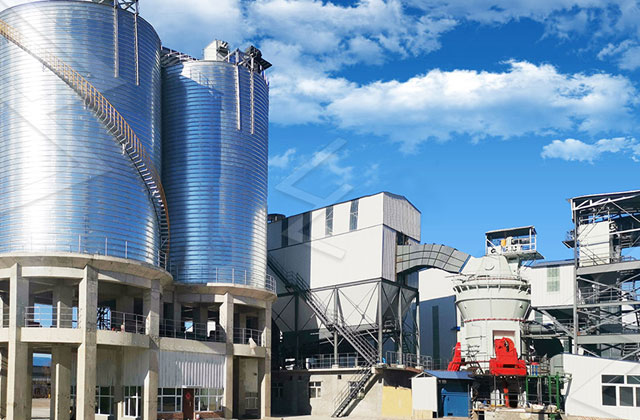Dolomite is a mineral that is widely used in various industries, including construction, ceramics, glass, and agriculture. Dolomite powder is made by grinding the mineral into a fine powder. The production of dolomite powder requires a grinding mill that can grind the mineral to the desired particle size range.
The dolomite grinding mill is a machine that grinds the mineral into a fine powder. It has many advantages over traditional grinding mills, including a high grinding efficiency, low energy consumption, and a low maintenance cost. The grinding mill can be used to produce different particle sizes of dolomite powder, depending on the requirements of the end-user.

The production of dolomite powder involves several stages, including mining, crushing, grinding, and grading. The mining process involves the extraction of dolomite ore from the ground. The ore is then transported to a crushing plant where it is crushed into smaller particles. The crushed ore is then transported to the grinding mill where it is ground into a fine powder.
The grinding mill used for the production of dolomite powder is a vertical roller mill. This type of mill is ideal for the production of fine and ultra-fine powders. The mill consists of a rotating grinding table, on which the material is fed from the top. The material is then ground between the grinding table and the rollers, which are mounted on a rotating shaft.
The grinding mill is equipped with a classifier that separates the ground powder into different particle sizes. The classifier ensures that the powder meets the required particle size specifications. The oversize particles are returned to the grinding mill for further grinding, while the undersize particles are collected in a hopper.
The production of dolomite powder requires a high level of precision and quality control. The quality of the final product depends on the quality of the raw material, the grinding mill used, and the production process. To ensure that the product meets the required specifications, the powder is tested for its particle size distribution, chemical composition, and physical properties.
In addition to the grinding mill, other equipment is required for the production of dolomite powder, including conveyors, hoppers, and feeders. The conveyors transport the dolomite ore from the mining site to the crushing plant, while the hoppers and feeders regulate the flow of material into the grinding mill.
In conclusion, the production of dolomite powder requires a grinding mill that can grind the mineral to the desired particle size range. The grinding mill used for the production of dolomite powder is a vertical roller mill that has many advantages over traditional grinding mills. The production process requires a high level of precision and quality control to ensure that the final product meets the required specifications. The production of dolomite powder is an important industry that has many applications in various industries.
